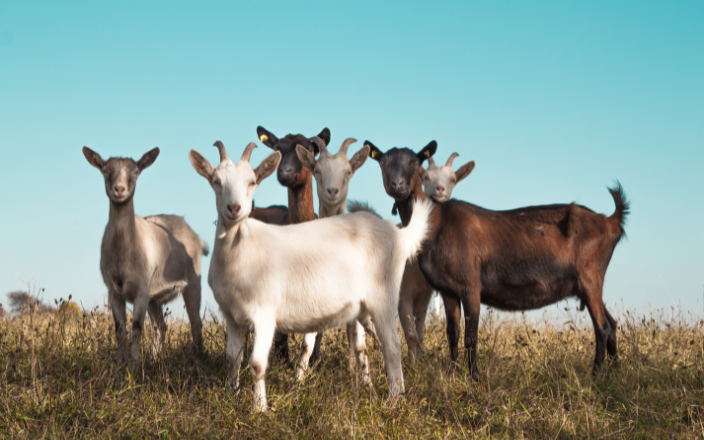In recent years, the emergence of Avian Influenza H5N1 has raised concerns among poultry farmers and health authorities worldwide. While this highly pathogenic avian influenza primarily affects birds, there have been instances of cross-species transmission, including cases involving goats in the United States.
Detection and Impact
Since January 2022, the United States has reported cases of Avian Influenza H5N1 in both wild waterfowl and commercial poultry. The virus has been detected in 14 states among wild birds and in 13 states among domestic and commercial poultry. While the risk to human health remains low, monitoring and containment efforts are crucial to prevent further spread.
Goats and Cross-Species Transmission
Goats, typically not associated with avian diseases, have surprisingly tested positive for H5N1. These cases highlight the potential for cross-species transmission and the need for vigilance in monitoring livestock health. Although goats are not considered a primary reservoir for the virus, their susceptibility underscores the importance of surveillance and biosecurity measures on farms and in backyard settings.
Biosecurity Measures
Farmers and animal caretakers should adhere to strict biosecurity protocols to minimize the risk of infection. These measures include:
- Isolation: Isolate sick animals promptly to prevent disease spread within the herd.
- Sanitation: Regularly disinfect equipment, feeders, and water sources.
- Restricted Access: Limit access to the farm to essential personnel only.
- Monitoring: Monitor animal health closely and report any unusual symptoms promptly.
- Vaccination: Consult with veterinarians about vaccination options.
Public Health Implications
While the risk of human infection from goats is low, individuals with direct exposure to infected animals should take precautions. People working with goats or handling their products (such as milk or meat) should:
- Practice Hygiene: Wash hands thoroughly after handling goats or their products.
- Avoid Contact with Sick Animals: If goats exhibit symptoms, avoid close contact.
- Seek Medical Attention: If flu-like symptoms develop after exposure, seek medical evaluation.
Ongoing Surveillance
The United States continues to monitor Avian Influenza H5N1 outbreaks closely. The data collected by the Animal and Plant Health Inspection Service (APHIS) of the U.S. Department of Agriculture (USDA) are regularly updated and provide critical information for disease control efforts. These data include outbreak details by state, county, flock type, and flock size.
In conclusion, while goats testing positive for H5N1 is a rare occurrence, it underscores the need for vigilance in monitoring and biosecurity practices. By staying informed and implementing preventive measures, we can mitigate the impact of avian influenza on both animal and human health.
Sources: Available upon request

